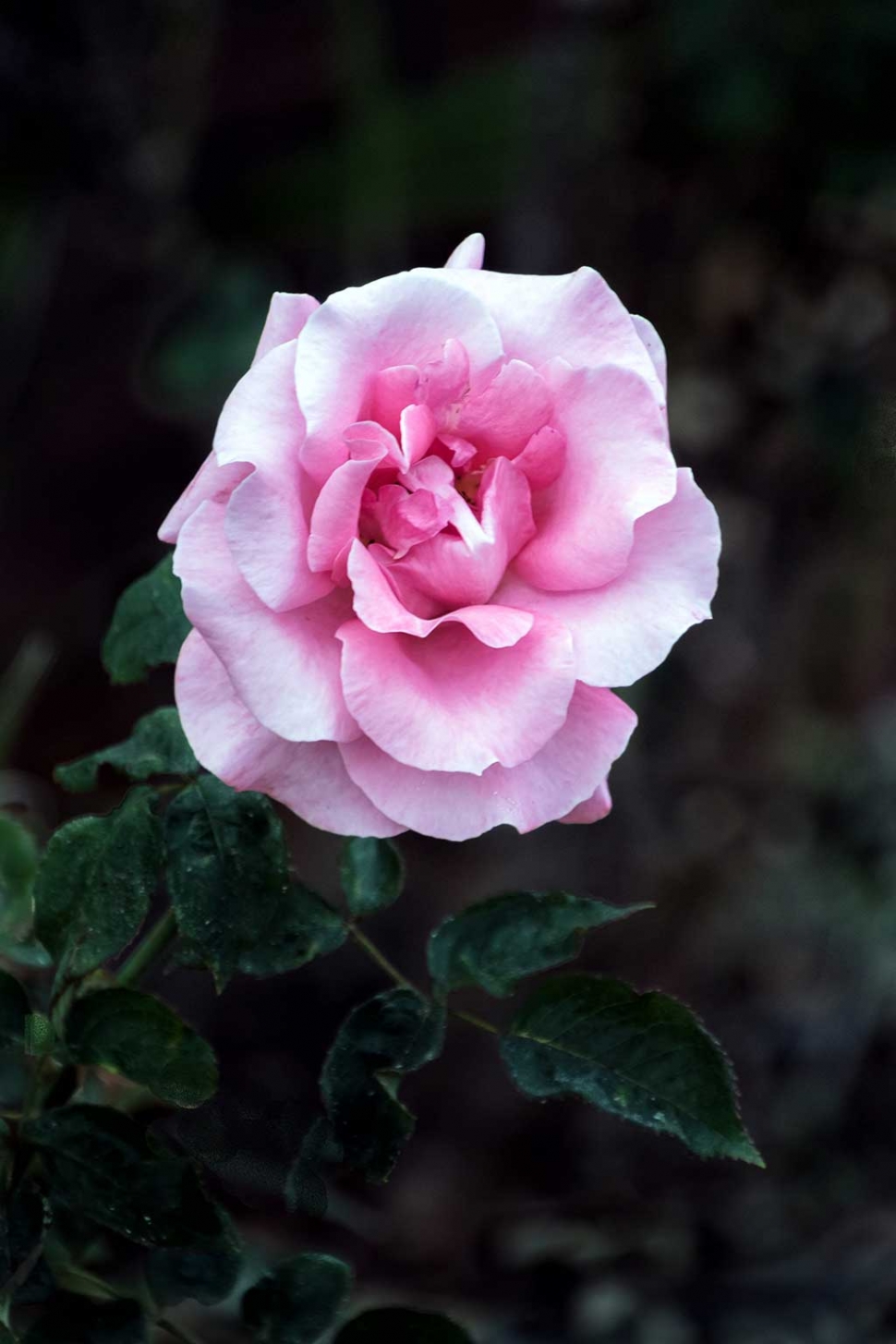|
Photography Know-How
 Photo of the week "The last exquisite delicate rose of the season" by Bob Crum. Photo data: Manual mode, ISO 800, Tamron 16-300mm lens @ 270mm, f/6.3 & 1/125 second shutter speed. By Bob Crum — Wednesday, January 10th, 2018
More Q & A
 Bob Crum Last week’s column generated so many questions I'm exhausted at the outset. But answer I must, at least one. Larry G. asked: Why do I shoot so many photos? It's complicated, Larry, but mostly because the camera doesn't always understand what I want it to do so it often screws up. Seriously, have I not consistently said that great photos begin with great 'composition'? Let's recapitulate. A few years ago, I was asked to lead a photo walk on the Mishe Makwa trail at the Circle X Ranch in the Santa Monica mountains. At the balanced rock, they stopped, raised their cameras, took a photo and promptly moved on. One and done! Good grief, a bunch of snapshooters. Aha... a prime teaching moment. After a diplomatic lecture, most began to 'look' through photographers eyes and began 'composing' photos from various perspectives. Meaning making several photos from which to choose to print later. Choices are good! When I'm photographing a landscape, or mermaids at a misty waterfall, composition possibilities are varied. Seldom is there just ONE perfect composition. Remember my example of the Mono Lake area sand tufas? Seldom visited but on that day one other photographer arrived. I moved away and watched. A gazillion photo ops before him and all he took was a few photos and left. Snapshooter! In a football-size area, there are many amazing and rare sand tufas of various sizes and structures. At one fascinating tufa structure, I walked a full circle around the subject. A different perspective presented itself at every point. I even got down and shot many photos from ground level. I photographed it with different lenses. Changed aperture for different depth of field. Good composition is achieved by thinking and shooting creatively. Not one and done! Photojournalism is a different and demanding animal. Goals are to have photos tell stories: Photojournalism. The Christmas parade for example. Constant movement. When is the best time to take a shot? Where to shoot from? Go back and count the number of photos of the parade that have the Fillmore Post Office as the backdrop. Accident? Just taking photos willy-nilly? Anyone viewing the photos will know that it's a 'Fillmore' parade. Goal accomplished! A long trailer full of football players calls for an overview photo and several close ups of the kids as it's passing by. I photographed the high school band from the middle of the road and from the sideline. A parade is a fluid, dynamic event not easy to photograph. To increase the odds multiply all the groups in the parade times five or six and you see the photo count increases quickly, by necessity. One photo will be the best of the series. A very challenging assignment is the junior live stock auction at the VC Fair. In all the years covering this event I have never seen a pig stand still in the auction ring. Never! Photojournalism dictates attempts to tell a story with the photo. This means constantly moving to position myself so that the moving pig and the kid are both in front of the auctioneer. Try it sometime then you'll understand why it takes so many photos to increase the odds of getting 'the' one that counts. And remember, I don't delete photos unless it's really, really crappy so I have a gazillion photos archived. C'est la vie. Photo of the week is the last rose of the season from my rose garden. True to my nature, I made 12 photos of this bloom from various perspectives. This one, with a leaf branch and bokeh won. Happy photoing. Send comments, questions or suggestions to bob@fillmoregazette.com |
